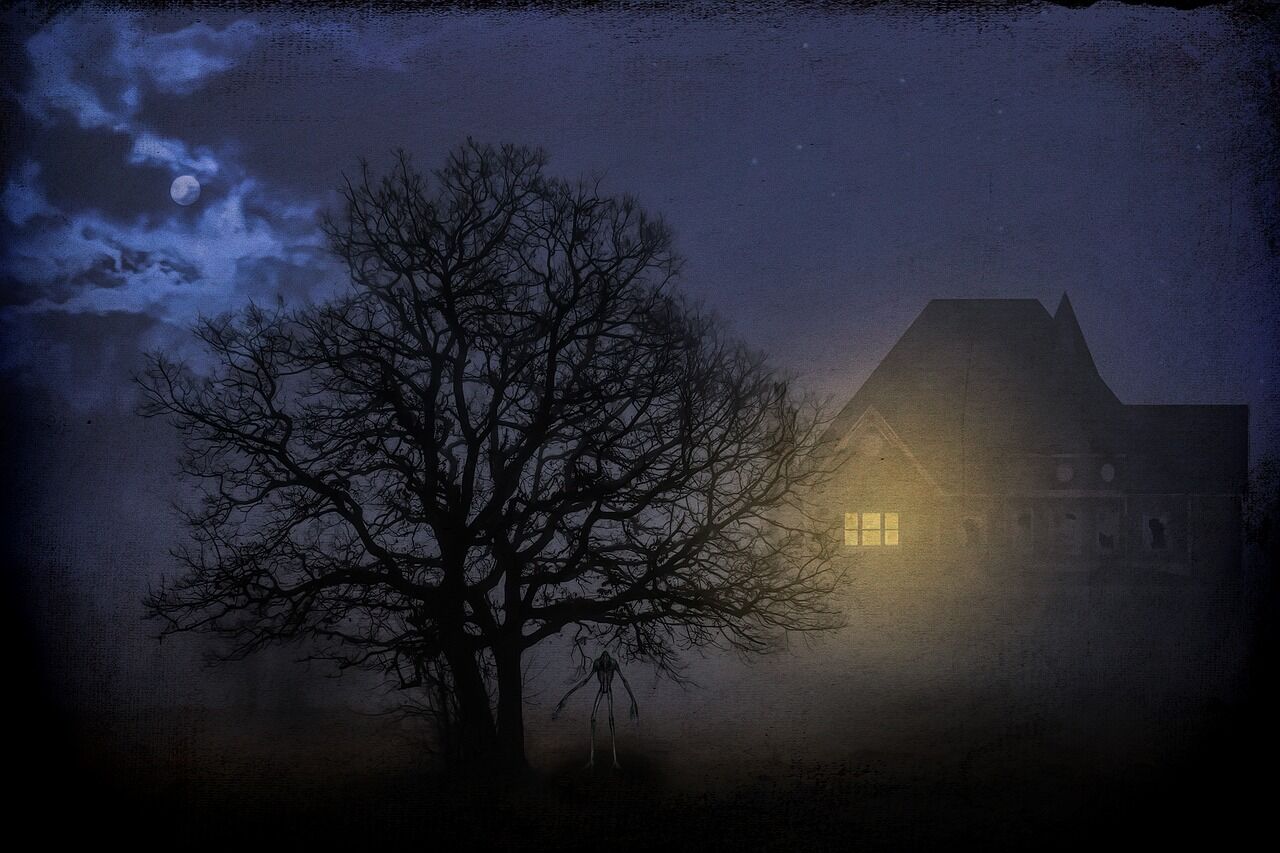
As a homeowner, you have ultimate control over how the lighting in your home serves you. You may be dealing with the limited lighting that was originally installed in your home. Alternatively, you may have adapted the living space to accommodate your task preferences.
Perhaps you have deep eaves, low ceilings, too few windows. You may even be in a wooded area with lots of trees and bushes that imped the natural light.
For these and a variety of other issues that make your house seem dark, here are simple ways to improve the lighting in your home:
Evaluate Your Windows
According to Unique Home Solutions, available light is now one of the most popular aspects in deciding on buying a home. If you are fortunate to have a home that has most of your windows facing southward, you are in luck. If your home is situated in such a way that few windows are getting the most available natural light, you have some options.
Take stock of your window treatments. Where you have dark window coverings, it may be time to redecorate. This can include the wall colors in any rooms that are particularly dark. Painting the ceiling a lighter color than the walls will also create the illusion of height and space. Reflective paint such as gloss finish as opposed to matte will reflect more light. Hanging or installing mirrors where light comes in multiplies the effect.
Where you have bushes or trees that block the light, you can do some trimming to let more light through the glass. Where doors are solid wood, you may want to consider changing them out for a style that incorporates glass. This gives both a change in atmosphere as well as lets more light into the home. You may also consider adding new windows. A kitchen that happens to fit a corner of the house but only has the main window in front of the sink may do well to have another window added to match the existing architecture. Corner windows not only bring in more light, but they open up the space giving the impression that it is larger.
Task Lighting and Ambient Lighting
Our desired tasks can change without our recognizing the need to change the task lighting with it. You should have at least three sources of light for every room consisting of:
- General lighting – your overhead or pendant lights
- Specific lighting – task lighting or table lamps
- Ambient lighting – for more decorative or atmospheric purposes
Take a look at what kind of lighting you have in your rooms and consider making some changes. You can add an oversized overhead pendant light or a large sculptural floor lamp that can serve as a focal point. Instead of recessed lighting, how about bouncing the light off the ceiling? This is a way to brighten a room without creating shadows that typically come from downward facing lights.
You can also direct light toward the walls using floor lamps with upward-facing globes. Adding some millwork to the walls behind which you can place linear fluorescent lights allows you to layer the lighting better.
Your lampshades may need to be altered. Lighter colors can either create a cold tone or tint the light to create a warmer, creamier or cooler hue depending on what you choose. You may also work on lighting the darker corners of your home such as closets, under cupboards, in shelves and on counter tops. All these areas take on a beauty and even become more functional when lit properly.
Windowless Areas
If you really want to make some structural changes, you might consider removing walls between rooms to create a more open floor plan. You can widen doorways or where doors separate rooms, you can replace the solid doors with glass-paned ones for a sense of flow while maintaining some privacy if you need to close them for quieter conditions. In hallways or in rooms with no windows, there are tubular daylight devices (TDDs) or skylights that can be added to introduce natural light. These elements can be a real game changer when it comes to increasing the natural light in these spaces.
Compare the difference between the open space that is cut out of the roof to accomplish either of these choices. Sometimes, homeowners prefer the TDDs as they only open a circular hole to receive the reflective tubing whereas the skylight opens a window-sized space that must be carefully installed to prevent leaking.
In deciding what to do to improve your lighting, start by evaluating the present limitations. Think outside the box and consider some of these suggestions that you might not have thought of before. The choice to open up the space for more natural light is a greener option that saves on utilities, but there are plenty of lamp lights available now that also help to conserve your energy use while keeping your house cool. The possibilities are endless when it comes to enhancing your home’s interior lighting.

